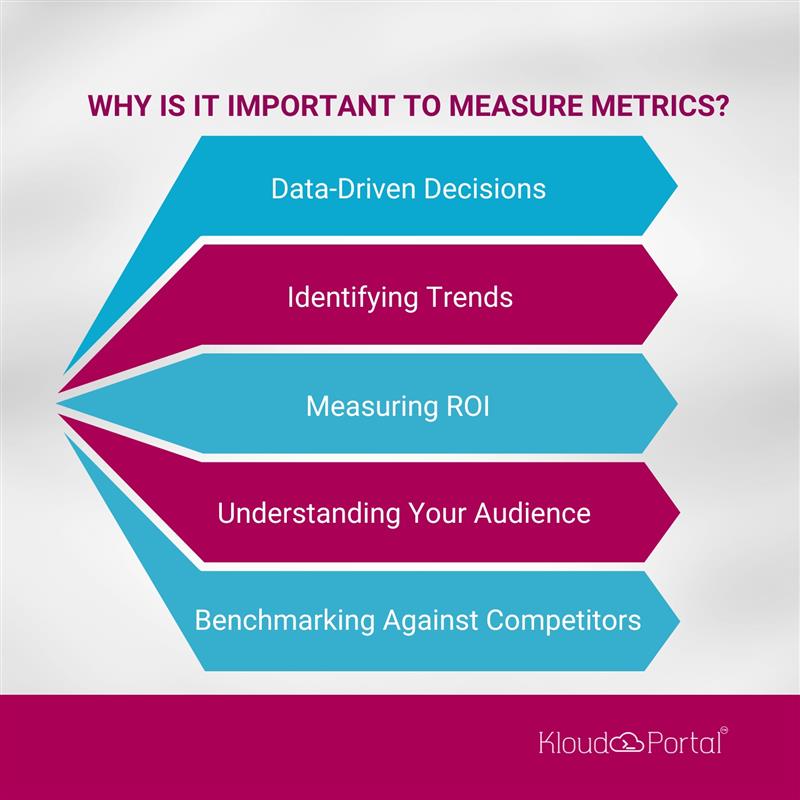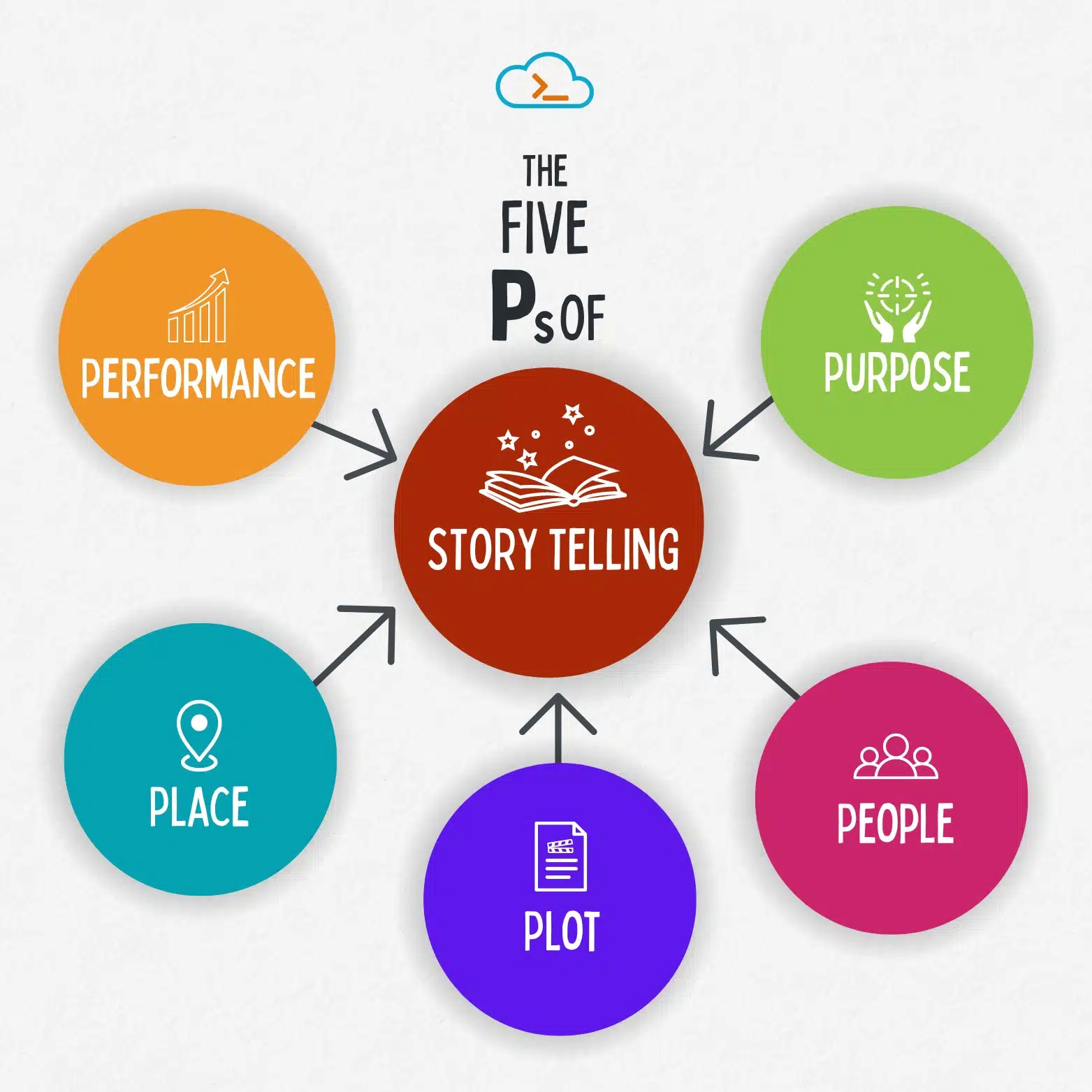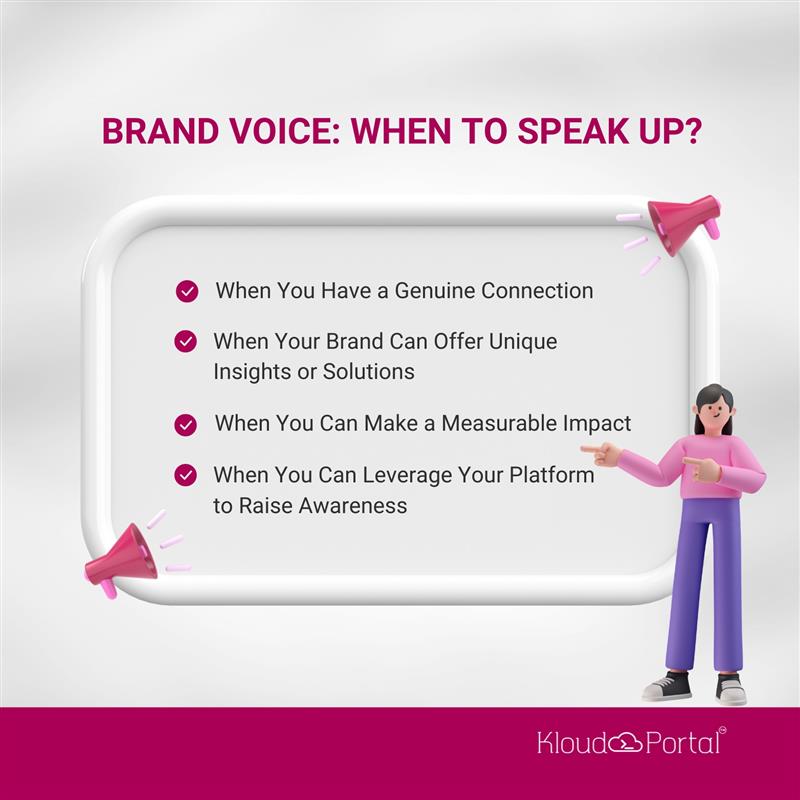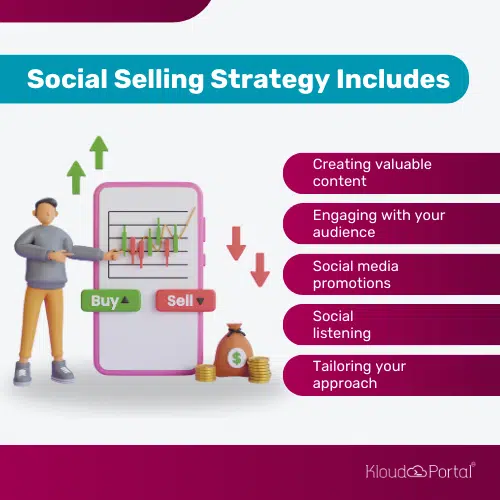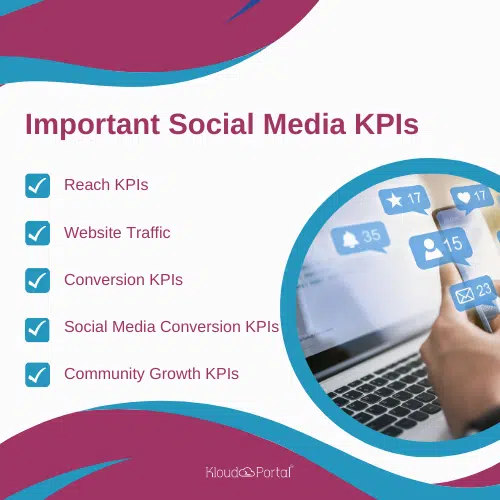
How To Use AI For A More Effective Social Media Strategy
AI has emerged as a powerful social media tool for marketers, offering unprecedented opportunities to optimize campaigns, improve customer interaction, and stimulate business growth. Utilizing artificial intelligence allows businesses to gain a competitive advantage and achieve outstanding results in their social media efforts. This comprehensive guide explores leveraging AI for a more effective social media marketing strategy, detailing its applications, benefits, and emerging trends.
What We Cover In This Blog?
- Key Takeaways
- Understanding AI In Social Media Marketing
- AI-Powered Tools For Social Media
- Enhancing Social Media Advertising With AI
- Improving Audience Engagement
- AI-Driven Social Media Content Strategy
- AI and Social Media Marketing Campaigns
- Emerging Trends In AI And Social Media
- AI for Social Good
Key Takeaways
- AI streamlines tasks, delivers actionable insights, and personalizes content to supercharge your campaigns, enhancing brand visibility and driving business growth.
- From content creation and scheduling to ad management and social listening, AI tools are essential for optimizing your social media strategy. Categories include ad management, chatbots, content scheduling, and more.
- As AI advances, expect more powerful tools that enable hyper-targeted campaigns, deepen audience connections, and elevate marketing effectiveness.
Understanding AI In Social Media Marketing
AI encompasses various technologies, including machine learning, natural language processing (NLP), and image and video analysis. These technologies enable AI to analyze large datasets, identify patterns, and forecast trends, making it an essential resource for social media professionals. AI provides various abilities that can be utilized in social media marketing:
- Efficiency: AI automates repetitive tasks like content creation, scheduling, and posting, freeing time for social media marketers to focus on strategy and creativity.
- Insights: Artificial intelligence provides critical insights into audience behavior, content performance, and campaign effectiveness.
- Personalization: Artificial Intelligence algorithms personalize content and ads to match user preferences, increasing engagement.
- Engagement: AI enhances customer engagement through better targeting and interactive features.
Key areas where AI can be leveraged for a better impact:
- Content creation: Artificial intelligence can generate engaging content ideas, write compelling copy, and create visually appealing social media graphics.
- Audience analysis: By analyzing user data, AI can help identify target audiences, understand their preferences, and tailor content accordingly.
- Social listening: Artificial intelligence-powered tools can use social media to monitor conversations, identify brand mentions, and track sentiment, providing valuable information into brand perception.
- Ad targeting: AI can optimize ad campaigns by identifying the most target audience segments and delivering personalized ads.
- Customer service: AI-powered chatbots can provide instant customer support, address common questions, and resolve issues effectively.

AI-Powered Tools For Social Media
A wide range of Artificial intelligence tools is available to assist social media exports in achieving their goals. Some of the most popular categories include:
- Ad management tools: These AI social media tools optimize ad campaigns based on insights.
- Chatbot: Social media platforms enable businesses to create AI-powered chatbots for customer support and engagement.
- Content Scheduling: social network platforms like Hootsuite and Buffer use AI to optimize post timing across various social media channels, maximizing reach and engagement.
- AI-Generated Content: Artificial intelligence tools can create different content formats, including text, images, and videos, to maintain a varied and attractive social media feed.
- Social Listening: AI-powered social listening tools monitor brand mentions, hashtags, and discussions across multiple social media sites, providing valuable insights into audience sentiment and developing trends.
Enhancing Social Media Advertising With AI
- Social Media Ads: AI optimizes ad placements, budgets, and targeting, ensuring that ads reach the right audience at the right time. This results in better ROI and more effective campaigns.
- AI Algorithms: Machine learning algorithms evaluate user data to provide tailored ads with a higher chance of conversion. This includes dynamic ad creation based on user behavior and preferences.
- AI in Social Media: Image and video analysis technologies help identify trends, optimize visual content, and ensure compliance with platform guidelines. This technology can also detect and moderate inappropriate content automatically.
Improving Audience Engagement
- AI-Powered Tools: Tools like Persado use AI to personalize social media content and create messages that resonate with different audience segments. This personalization enhances audience interaction and loyalty.
- Sentiment Analysis: Artificial intelligence analyzes user sentiments expressed in social media posts and comments, providing insights into audience emotions and opinions. It helps marketers adjust their strategies to meet audience needs and expectations better.
A SaaS product marketing agency excels in crafting customized strategies to elevate software visibility and attract a larger customer base.
AI-Driven Social Media Content Strategy
- Social Media Content: AI tools help create and execute data-driven content strategies. They analyze past performance, audience behavior, and trends to recommend the best social media scheduling content types and post times.
- Social Media Trends: AI tracks and analyzes trends to keep content relevant and engaging. Staying ahead of trends helps brands remain competitive and top-of-mind for their audience.
- Social Media Content Creation: AI helps create a range of content, from blog articles to social media posts, ensuring a rich and engaging variety.
- Social Media Caption Generator: Tools like social media captions AI create catchy and relevant captions, enhancing the appeal and engagement of social media updates.
AI and Social Media Marketing Campaigns
- Social Media Marketing Campaigns: AI assists in designing, implementing, and overseeing campaigns across different social media channels. It offers guidance on optimal posting times, the most engaging content formats, and the most successful targeting methods.
- Marketing Strategies: AI provides insights and recommendations for improving campaign performance, helping marketers make data-driven decisions.
- Social Media Analytics: AI tools track campaign metrics, offering insights into what social media workflows work and what doesn’t. These include engagement rates, click-through rates, and conversion rates.
- Actionable Insights: AI converts data into key insights, guiding future marketing plans. It helps marketers continuously improve their efforts and achieve better results.<,/li>
- Influencer Marketing: AI identifies and evaluates influencers based on their reach, engagement, and audience demographics. It helps brands find the right influencers to collaborate, enhancing campaign effectiveness and reach.
An Enterprise SEO Agency provides comprehensive optimization strategies to improve large-scale websites’ search engine rankings and drive targeted traffic.
Emerging Trends In AI And Social Media
Emerging trends in AI and social media are reshaping the digital landscape, driving innovation and transforming user experiences.
- AI in Social Media: Continuous advancements in AI technologies will further revolutionize social media marketing. It includes improvements in natural language processing, image and video analysis, and machine learning algorithms.
- Developing Trends: Stay updated with AI trends to maintain a competitive edge. It includes new AI tools, techniques, and best practices for social media marketing.
- Social Media Strategies: Adapt and evolve your marketing strategy based on AI-driven insights and new trends. It includes experimenting with new content formats, platforms, and engagement tactics.
- Social Media Conversations: Interact with your audience and address changes in their preferences and behaviors. AI tools can help monitor these conversations and provide insights into shifting trends and sentiments.
AI for Social Good
AI can also be used for social good on social media networks. Some examples include:
- Disaster relief: AI can be used to track and analyze social media data to identify areas affected by disasters and coordinate relief efforts.
- Crisis management: AI can help monitor social media for potential crises and respond promptly to mitigate damage.
- Social causes:AI can be used to create awareness and raise funds for social causes.
Conclusion
Integrating AI into your social media marketing approaches can significantly enhance your marketing campaigns, providing valuable information, optimizing content and ads, and improving community engagement. The Best Digital Marketing Agency provides cutting-edge social media techniques to elevate your online presence and drive business growth across various digital platforms.
Frequently Asked Questions
Which AI tool is best for social media posts?
The best AI tool depends on specific needs, but options include Jasper.ai for copywriting, Canva for design, and Sprinklr for comprehensive social management.
How can AI improve content personalization?
AI improves content personalization by analyzing user data, including behavior, preferences, and past interactions. It allows marketers to deliver highly targeted content that resonates with individual users, enhancing engagement and satisfaction.
What is the future of AI in social media marketing?
The future of AI in social media marketing includes more advanced computational linguistics, improved image and video recognition, and greater integration of AI across all aspects of social media management. It will result in more streamlined and impactful marketing plans.

Rasmita Patro
About The Author…
Meet Rasmita Patro, a content writer, a former teacher, and a former HR with a passion for storytelling, creating compelling content that engages and informs readers. She has a Master’s in Economics and an MBA degree in Human Resources. Her expertise spans a variety of industries, including finance, healthcare, technology, and others. She has a particular inclination toward crafting blog posts, articles, and social media content that resonates with the target audience. She loves reading different genres of books, love to experiment with cooking, and listening to soothing music.



